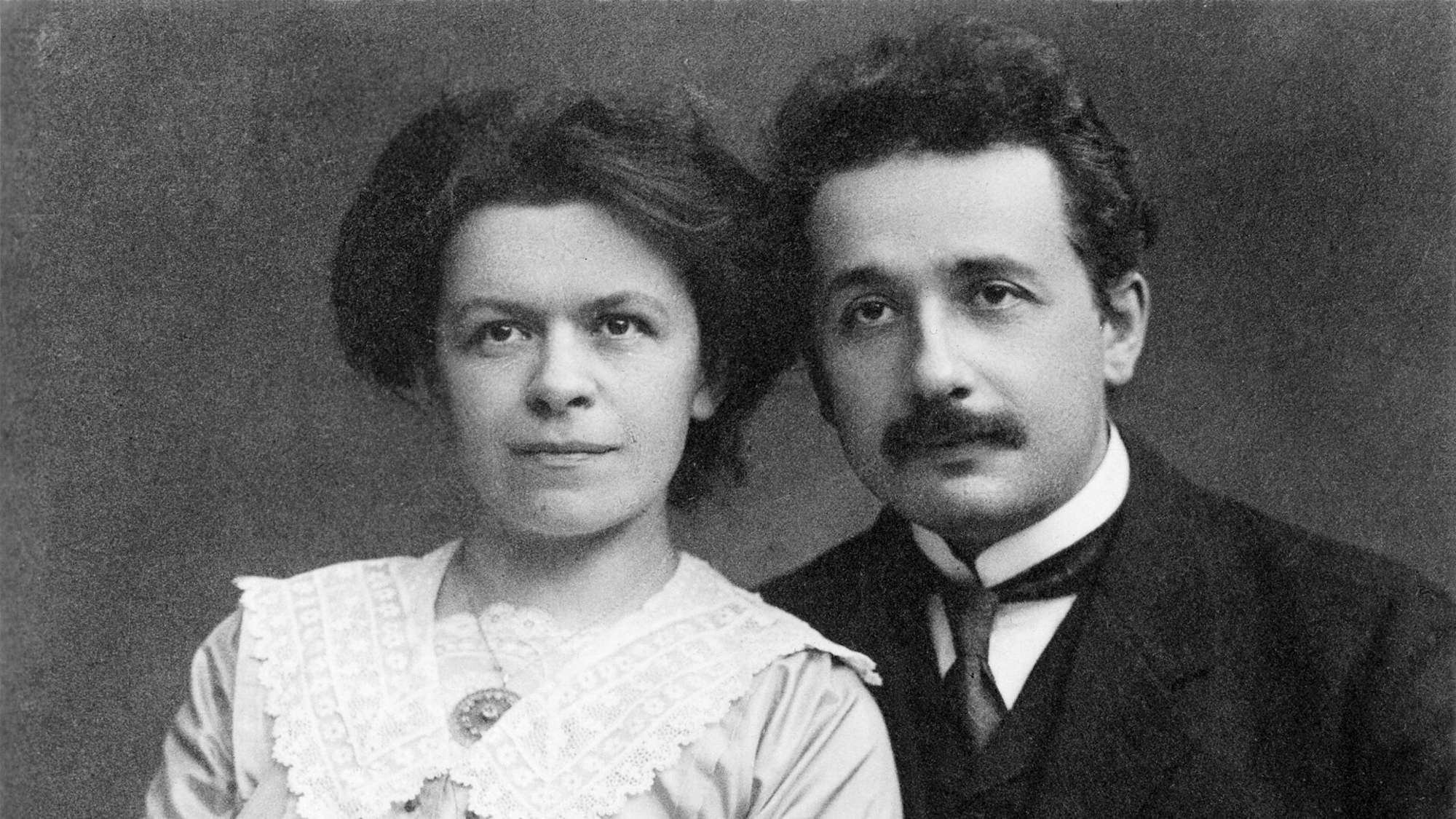Still searching for that perfect holiday season gift for the bibliophiles in your life? If so, a trove of rare books and manuscripts headed to auction later this month may offer a (pricey) solution. Christie’s upcoming auction of 169 items will take place on December 11th. Among the lots are classical scores autographed by famous composers like Beethoven, Brahms, and Debussy, a 15th century copy of Virgil’s Aeneid once owned by British Prime Minister William Gladstone, and a compendium of early alchemical texts circa 1400 CE Italy. But some of the most notable texts are directly tied to the professional—and personal—lives of Albert Einstein.
“The Einstein Love Letters” compose roughly half of all known direct source materials related to the famous physicist’s early life. An estimated 147 pages make up the 43 individual correspondences mailed between 1898 and 1903 to Einstein’s first wife, Mileva Marić. This period includes Einstein’s tenure at the Federal Patent Office in Bern, Austria, where he famously began composing what would become the Special Theory of Relativity. Einstein’s first inclinations about the idea can also be found in his letters to Marić.
“I am more and more convinced that the electrodynamics of moving bodies, as presented today, is not correct, and that it should be possible to present it in a simpler way,” he wrote to her in August 1899.
Einstein and Marić married on January 6, 1903, as evidenced by an announcement included in the auction lot, and ultimately had three children together. Very little is known about Lieserl, their first child, who was born in secret in 1902, prior to Einstein and Marić’s marriage. But the letters include some of the only direct mentions of his daughter, and indicate she contracted scarlet fever sometime in 1903. Historians believe Lieserl likely died shortly after the collection’s final letter.
Marić was an accomplished mathematician and physicist herself, and first met Einstein while the only woman in their six person university cohort at Zurich Polytechnic. Some scholars argue Marić deserves credit for helping Einstein formulate the theories presented in his first four papers, collectively known as the annus mirabilis papers—first editions of which are also included in the lot. As an adult, Hans Albert, the couple’s first son, also recalled seeing them working together “in the evenings at the same table.”
“I know that of all people you love me the most deeply and understand me the best,” Einstein wrote to his “Doxerl” (“doll” in south German dialect), “… How happy and proud I shall be when the two of us together will have brought our work on relative motion to a victorious conclusion!’”
The marriage lasted until 1919, when Einstein and Marić officially divorced after the five years of separation legally required at the time in Germany. As part of the settlement, Einstein agreed to give Marić any award money he might one day receive from a Nobel Prize. Einstein would live up to that pledge two years later. In 1921, he won the Nobel in physics—awarded in part for the work first hinted at in these letters (and his potential collaboration) with Marić.

